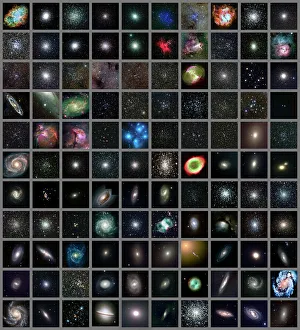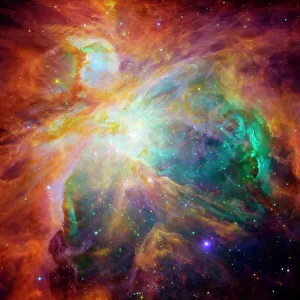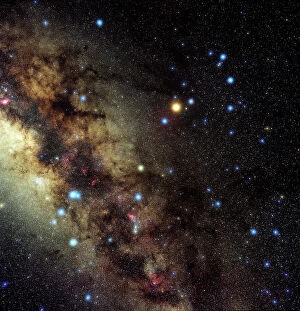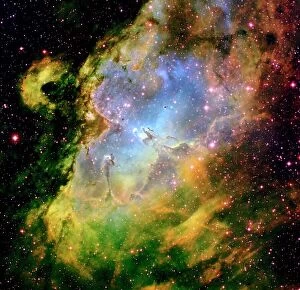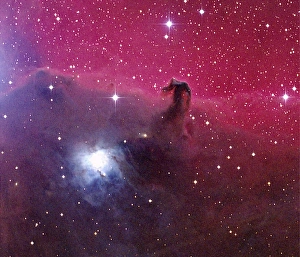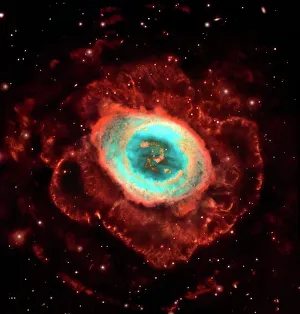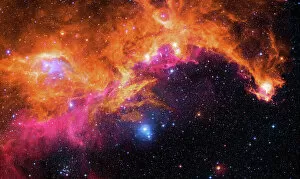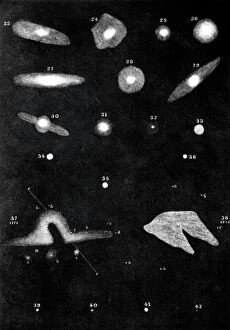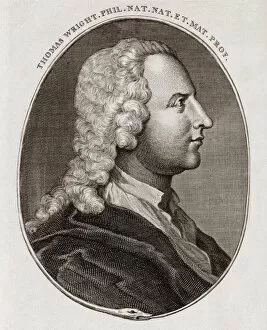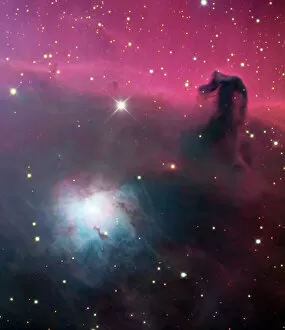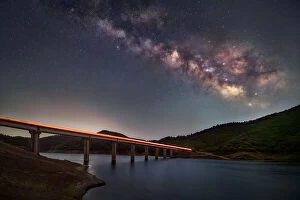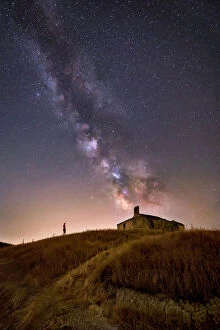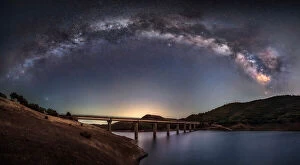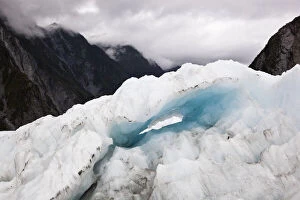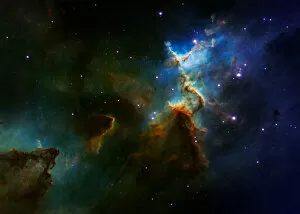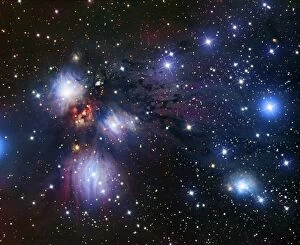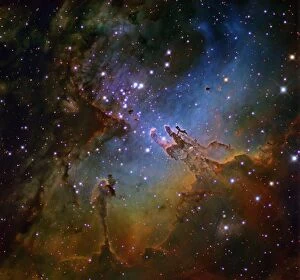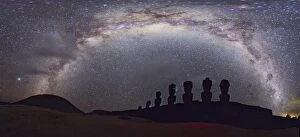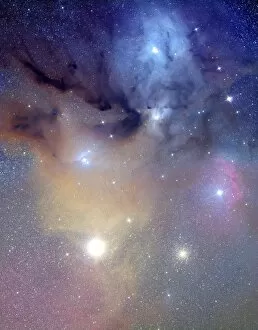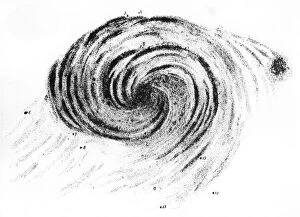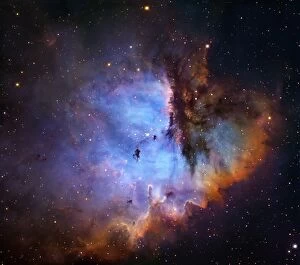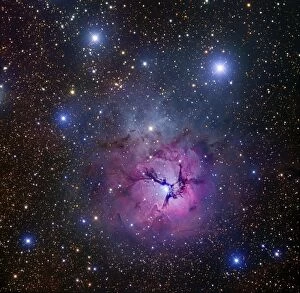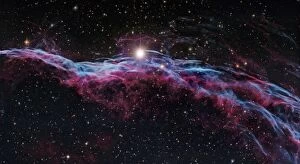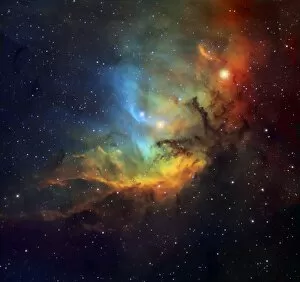Nebulae Collection
Nebulae, the captivating celestial wonders that grace our night sky, are a testament to the vastness and beauty of our universe
All Professionally Made to Order for Quick Shipping
Nebulae, the captivating celestial wonders that grace our night sky, are a testament to the vastness and beauty of our universe. Among these mesmerizing cosmic clouds lie the Messier objects, a full set of astronomical delights waiting to be explored. One such marvel is the Orion Nebula, nestled within the prominent constellation Scorpius. Its radiant glow illuminates the darkness with ethereal hues, captivating stargazers for centuries. As we gaze upon its splendor, we cannot help but feel humbled by its sheer magnitude. The Eagle Nebula enchants us with its iconic Pillars of Creation—a stellar nursery where new stars are born amidst swirling gases and dust. Akin to an artist's canvas in space, it reminds us of nature's ability to create masterpieces on unimaginable scales. Venturing further into this cosmic gallery reveals breathtaking sights like the Horsehead Nebula and Ring Nebula M57—each offering their unique allure through intricate shapes and vibrant colors captured brilliantly by Hubble's lens. Perched atop Mauna Kea telescopes against a backdrop of Milky Way brilliance lies another spectacle—the Large Magellanic Cloud. This satellite galaxy beckons astronomers from around the globe to uncover its secrets hidden within distant galaxies. Composite images like those showcasing Seagull Nebula or VISTA's stunning portrayal of Helix Nebula transport us beyond what meets the eye—revealing layers upon layers of interstellar wonderment that defy comprehension. We owe much gratitude to William Herschel whose keen observations in 1811 gifted humanity with detailed drawings capturing nebulous formations—an invaluable contribution that continues to inspire scientific inquiry today. As we ponder these celestial enigmas scattered throughout our cosmos, let us embrace their mystery while cherishing every glimpse they offer into realms far beyond our reach. For in their presence lies not only profound beauty but also an invitation for exploration—to unravel the mysteries that lie within these enchanting nebulae.

